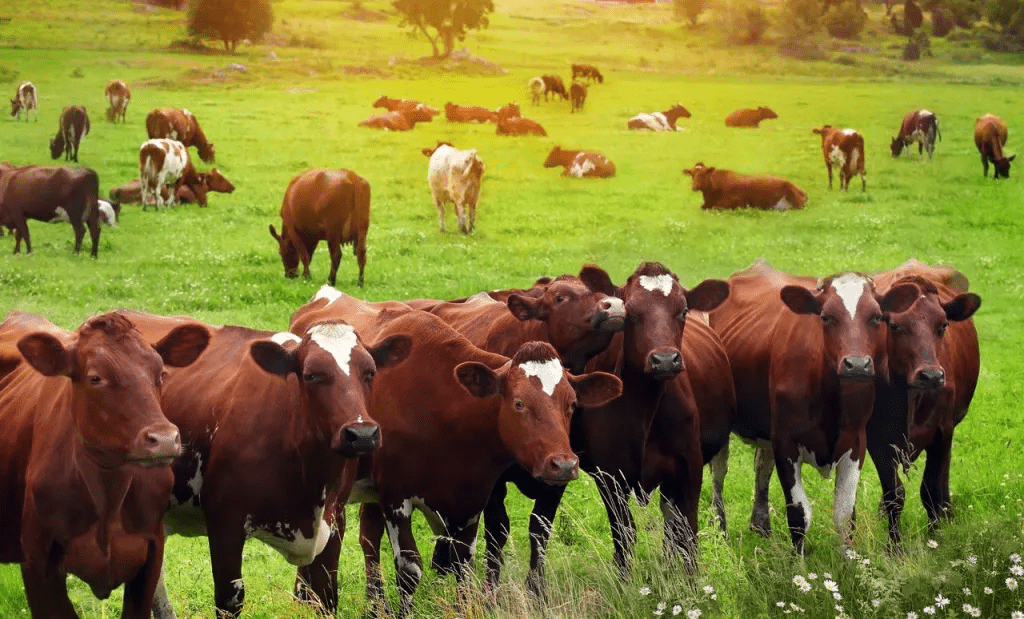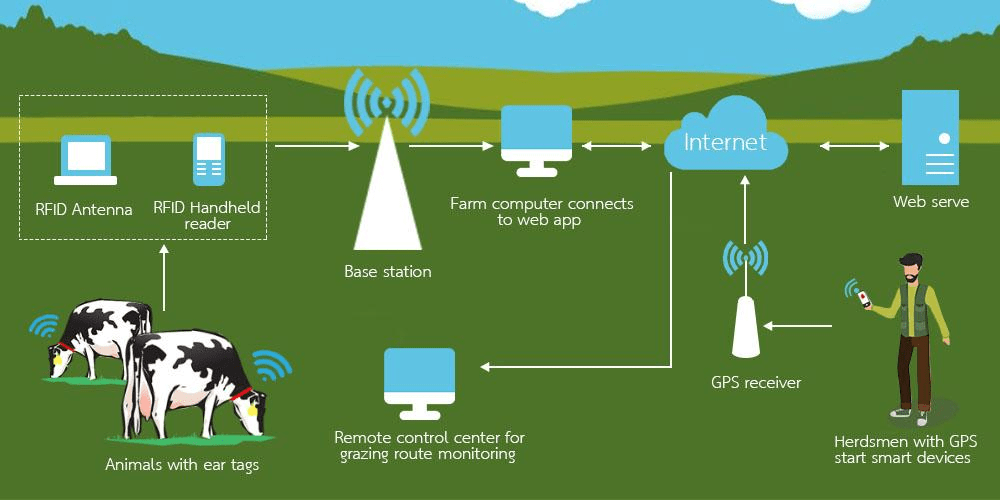Overview of Sustainable Agriculture
Sustainable agriculture is a farming method that aims to produce food while protecting the environment and promoting social equity. It’s a way of farming that doesn’t harm the land, water, or air. This is especially important in modern farming, where there’s a growing demand for food and concerns about climate change.
The Importance of Sustainability in Cattle Farming
Cattle farming can have a significant impact on the environment. Cows produce methane, a calves greenhouse gas that contributes to climate change. They also require large amounts of land and water. Sustainable practices in cattle farming are essential to reduce these negative impacts and ensure a healthy planet for future generations. They also increase beef production by masses.
Sustainable Practices in Cattle Farming
1. Rotational Grazing
Rotational grazing involves moving cattle to different pastures regularly. This helps to prevent overgrazing and allows the land to recover. It also promotes biodiversity and improves soil health.
2. Improved Feed Management
By providing cattle with high-quality, nutritious feed forage, farmers can reduce the amount of feed they need to produce. This can help to reduce the environmental impact of cattle farming.
3. Precision Livestock Farming
Precision livestock farming uses technology to monitor and manage cattle, with the help of modern feedlot. This can help ranchers to improve the efficiency of their operations and reduce waste.
4. Reduced Antibiotic Use
Overusing antibiotics can contribute to antibiotic resistance. In the beef industry, sustainable cattle farming practices aim to reduce the use of antibiotics.
5. Improved Waste Management
Properly managing cattle waste can help to prevent pollution and improve soil fertility.
6. Habitat Conservation
Cattle farmers can help to conserve wildlife habitat by providing suitable grazing land and avoiding sensitive areas.
7. Carbon Sequestration
Sustainable cattle farming practices can help to sequester carbon in the soil. This can help to mitigate climate change.
By implementing these sustainable practices, cattle farmers can help to protect the environment and ensure a sustainable future for the livestock industry.
1. Rotational Grazing
What is Rotational Grazing?
Rotational grazing is a farming method where livestock are moved between different pastures on a regular schedule. This is different from traditional grazing, where animals are kept in the same field for long periods. Rotational grazing offers several benefits for both the land and the animals.
Soil Health and Biodiversity Preservation
Rotational grazing helps improve soil health. When cattle are constantly moved to new pastures, the soil has time to rest and recover. This prevents overgrazing and helps to maintain soil structure and fertility. Additionally, rotational grazing can encourage biodiversity. By allowing different areas of land to recover at different times, farmers can create a variety of habitats for plants and animals.
Improved Livestock Health and Productivity
Rotational grazing can also benefit the health and productivity of cattle. When animals are moved to fresh pastures, they have access to a wider variety of grasses and plants. This can improve their nutrition and overall health. Additionally, rotational grazing can reduce stress on cattle, which can lead to better growth and reproduction rates.
2. Water Conservation Techniques
Water Scarcity and Agriculture
Water is essential for all life, including cattle. However, water scarcity is a growing problem in many parts of the world, including agricultural areas. This can be a particular challenge for cattle farming, which requires large amounts of water for drinking, irrigation, and waste management.
Efficient Irrigation Systems for Pasture
One way to conserve water in cattle production farming is to use efficient irrigation systems. Drip irrigation is a popular choice for pastures as it delivers water directly to the roots of plants, minimizing water loss through evaporation. Other water-saving technologies include sprinkler systems with low-pressure nozzles and the use of rain sensors to control irrigation schedules.
Water Recycling and Reuse in Farming
In addition to conserving water through efficient irrigation, cattle farmers can also capture, treat, and reuse water. This can include collecting rainwater for irrigation, treating wastewater from livestock operations, and using recycled water for drinking and cleaning purposes.
3. Integrated Crop-Livestock Systems
Integrated raise cattle crop-livestock systems combine crop farming with cattle farming. This means that farmers raise both crops and animals on the same land. This approach can offer several benefits for sustainability.
Reducing Feed Costs and Increasing Nutrient Cycling
One of the main advantages of integrated crop-livestock systems is that they can reduce the cost of feed for cattle. Farmers can grow their own crops to feed their animals, which can be more cost-effective than buying feed from other sources. Additionally, these systems can promote nutrient cycling. The manure from cattle can be used as a fertilizer for crops, reducing the need for synthetic fertilizers.
Environmental and Economic Benefits
Integrated crop-livestock systems can also have significant environmental benefits. By reducing the need for synthetic fertilizers and pesticides, these systems can help to protect water quality and biodiversity. Additionally, these systems can improve soil health, which can lead to increased crop yields and reduced erosion. From an economic perspective, integrated crop-livestock systems can provide farmers with a more stable and diversified income. By producing both crops and livestock, farmers can reduce their reliance on a single commodity.
4. Renewable Energy on Farms
Adopting Solar and Wind Energy
Many cattle farms are now turning to renewable energy sources like solar and wind power. Solar panels can be installed on barns, sheds, or other structures to generate electricity. Wind turbines can also be a viable option for farms in windy areas.
Biogas from Manure: Turning Waste into Power
Cattle manure can be used to produce biogas, a renewable fuel that can be used to generate electricity or heat. Biogas is produced through a process called anaerobic digestion, which breaks down organic matter in the absence of oxygen.
Cost and Environmental Benefits of Renewable Energy
While the initial cost of installing renewable energy systems can be high, the long-term benefits can outweigh the costs. Renewable energy sources can help farmers reduce their energy bills and reduce their reliance on fossil fuels. Additionally, renewable energy can help to reduce greenhouse gas emissions and protect the environment.
5. Sustainable Feed Management
Traditional cattle feed often comes from far-off sources, which can have a significant environmental impact. This is due to the transportation emissions associated with transporting feed over long distances. Additionally, some traditional feed sources, such as soy, can contribute to deforestation and habitat destruction.
Using Locally Sourced or Organic Feed
One way to reduce the environmental impact of cattle feed is to source it locally. This can help to reduce transportation emissions and support local economies. Additionally, using organic feed can have environmental benefits. Organic farming practices often use fewer pesticides and fertilizers, which can help to protect water quality and biodiversity.
Alternative Feed Sources: Reducing Methane Emissions
There are also a number of alternative feed sources that can help to reduce cattle methane emissions. For example, seaweed has been shown to reduce methane emissions in cattle. Other alternative feed sources include pulse crops, such as lentils and peas.
6. Recycling and Waste Disposal
Efficient Methods for Handling Cow Waste
Proper management of waste is essential on cattle farms to maintain a healthy environment and prevent environmental harm. Cattle farming is recognized for producing significant waste such as manure, bedding, and leftover food. Composting and Organic Fertilizer Production Composting cattle waste is an option. As a result of composting, organic matter is broken down into a nutrient-rich soil amendment that is rich in nutrients. It is possible to use composted cattle manure as an organic fertilizer, eliminating the need to use synthetic fertilizers. Farmers Implementing Zero-Waste Practices It’s becoming increasingly common for cattle farms to go zero-waste. Recycling and reusing waste materials is part of this process. Composting food scraps, reusing bedding, and producing biogas can all be done with manure.
7. Genetic Selection and Breeding for Sustainability
Breeding Cattle for Climate Resilience
To boost the adaptability of dairy cattle breeds in the face of a changing climate, genetic selection can be a valuable tool. By breeding cattle with desirable characteristics like heat hardiness, water scarcity resilience, and immunity to disease, farmers can better equip their herds to withstand the impacts of climate change.
Improving Feed Efficiency and Reducing Emissions
Cattle can also become more efficient at turning feed into milk or meat thanks to genetic advancements. By reducing the amount of land and resources required to produce a given amount of product, cattle farming can reduce its environmental impact. Using genetic selection, you can breed cattle that produce less methane, a greenhouse gas that contributes to global warming.
Ethical Reflections on Responsible Breeding
Practices When implementing genetic selection in cattle farming, it’s crucial to weigh the moral implications of breeding programs, despite their potential to enhance sustainability. The well-being of animals must remain our come at the expense of their welfare. Difficulties and Obstacles in Adopting Sustainable Strategies
Financial Barriers for Small Farms
Smaller agricultural operations often struggle to adopt environmentally friendly methods due to various obstacles. The high upfront costs of integrating innovative technologies and renewable energy solutions can be a significant barrier, particularly for those with limited financial resources.
Technological and Knowledge Gaps
Limited resources and lack of knowledge can hinder farmers from practicing sustainable farming. Some farmers may not be informed about the most up-to-date or may lack the required technology to implement these methods, thus impeding ability to adopt sustainable practices.
The Future of Sustainable Cattle Farming
Sustainability is becoming more and more important in the cattle farming industry. Global challenges such as climate change, resource scarcity, and environmental degradation require sustainable practices. A sustainable approach to cattle farming protects the environment, ensures food security, and promotes animal welfare.
Appeal to Agricultural Community
Farmers of any scale can engage in sustainable cattle farming practices. Implementing just a few sustainable techniques can have positive impacts on the environment and local communities.
FAQs on Sustainable Cattle Farming
Q: What are the main challenges faced by small-scale cattle farmers in adopting sustainable practices?
A: Small-scale cattle farmers often face financial constraints that limit their ability to invest in sustainable technologies. Additionally, they may lack the necessary knowledge and resources to implement these practices effectively.
Q: How can farmers reduce their reliance on synthetic fertilizers and pesticides in cattle farming?
A: Farmers can reduce their reliance on synthetic inputs by using organic fertilizers, such as composted manure, and adopting integrated pest management strategies. These practices can help to protect the environment and improve soil health.
Q: What are the benefits of using renewable energy sources on cattle farms?
A: Renewable energy sources, such as solar and wind power, can help farmers reduce their energy costs and reduce their carbon footprint. Additionally, these sources can provide a more reliable and sustainable energy supply.
Q: How can cattle farmers improve the water efficiency of their operations?
A: Farmers can improve water efficiency by using efficient irrigation systems, such as drip irrigation, and by capturing and reusing rainwater. They can also reduce water waste by ensuring that their livestock have access to clean, fresh water.
Q: What role can genetic selection play in promoting sustainable cattle farming?
A: Genetic selection can be used to breed cattle with traits that are more sustainable, such as improved feed efficiency, reduced methane emissions, and increased disease resistance. This can help to reduce the environmental impact of cattle farming and improve animal welfare.




